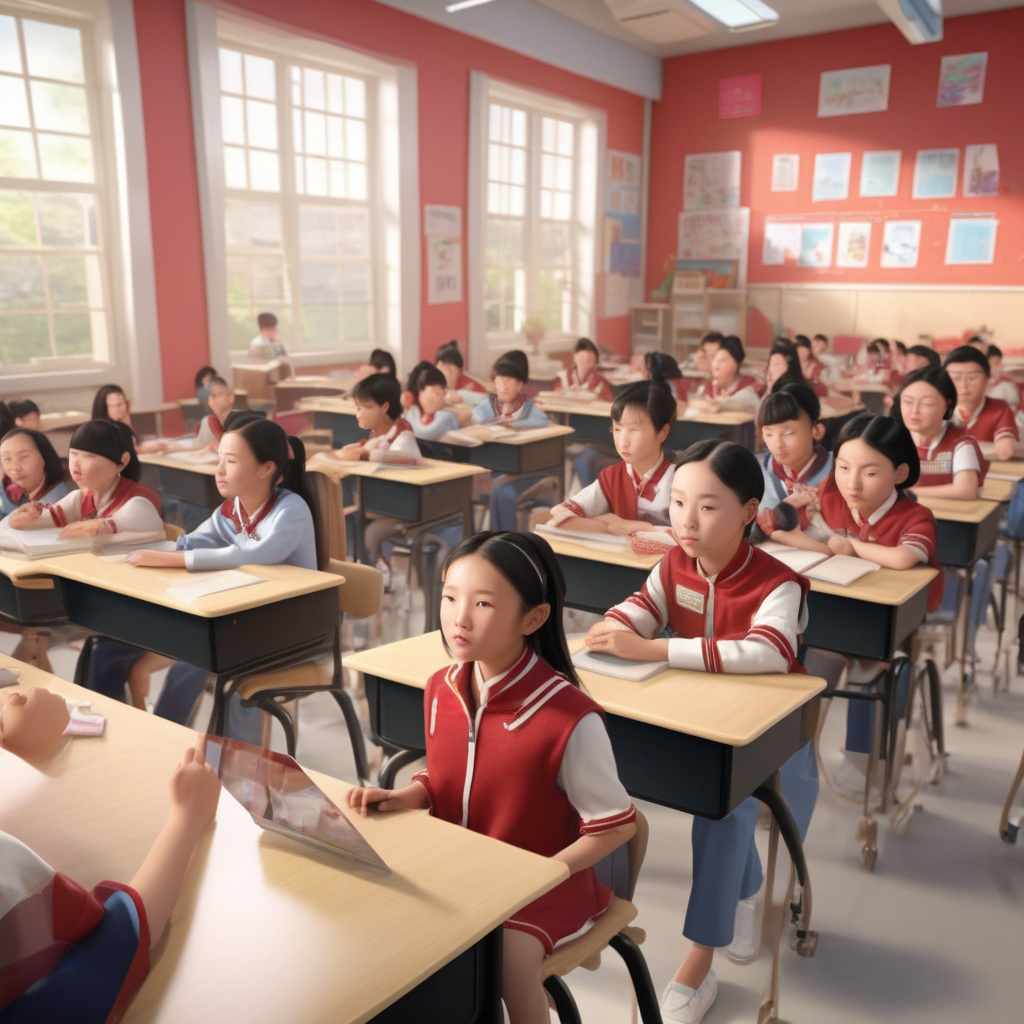The AI Educational Race Between China and USA: A Beacon of Hope for the Future
As global powers invest in shaping the next generation of AI innovators, classrooms emerge as unexpected arenas where technology, diplomacy, and geopolitics converge. The race to dominate the field of artificial intelligence has intensified in recent years, with China and the USA emerging as the frontrunners. Both countries recognize the strategic importance of AI in driving future economic growth and maintaining a competitive edge in the global arena.
China has made significant strides in AI research and development, backed by generous government funding and a concerted national strategy. The country aims to become the world leader in AI by 2030, with initiatives such as the “New Generation Artificial Intelligence Development Plan” outlining ambitious goals for innovation and technology transfer. Chinese tech giants like Alibaba, Baidu, and Tencent are at the forefront of AI innovation, leveraging vast amounts of data to drive advancements in machine learning, natural language processing, and computer vision.
On the other side of the Pacific, the USA has long been a powerhouse in AI research, with Silicon Valley serving as a hub for innovation and entrepreneurship. American tech giants like Google, Facebook, and Amazon are leading the charge in developing cutting-edge AI technologies that are shaping the future of industries ranging from healthcare to transportation. The US government has also recognized the strategic importance of AI, with initiatives such as the “American AI Initiative” aimed at maintaining American leadership in artificial intelligence.
The competition between China and the USA in the field of AI is not just about technological supremacy; it also has profound implications for education and talent development. Both countries are investing heavily in AI education, recognizing that a skilled workforce is essential for driving innovation and maintaining a competitive advantage. AI education is no longer confined to computer science departments; it is increasingly being integrated into K-12 curricula to prepare students for the jobs of the future.
In China, initiatives like the “AI for K-12 Education” program aim to introduce AI concepts and skills to students at an early age, fostering a generation of AI-literate individuals who can contribute to the country’s technological advancement. Chinese schools are incorporating AI tools and technologies into their classrooms, providing students with hands-on experience in coding, robotics, and data analysis. By cultivating a strong foundation in AI education, China is positioning itself to become a global leader in AI innovation.
Similarly, in the USA, efforts are underway to enhance AI education and training at all levels of the education system. Programs like the “AI for K-12 Initiative” and the “AI for All” initiative seek to democratize access to AI education and empower students from diverse backgrounds to pursue careers in artificial intelligence. By promoting diversity and inclusion in AI education, the USA is nurturing a vibrant ecosystem of talent that can drive innovation and creativity in the field.
The AI educational race between China and the USA holds promise for the future, as both countries strive to develop the next generation of AI innovators. By investing in AI education, fostering talent development, and promoting collaboration, China and the USA are laying the groundwork for a future where artificial intelligence drives economic growth, empowers individuals, and transforms societies. As classrooms become the battleground for the AI race, the winners will not only shape the future of technology but also the future of humanity.
AI, Education, China, USA, Innovation












